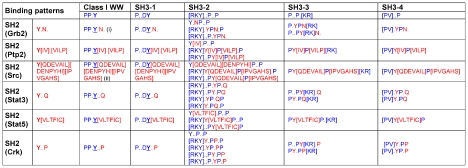Figure 3. Dual sequence patterns used for the identification of potential double switches in human proteins.
Column titles include sequence patterns for motifs that bind SH3 or class I WW domains (in red), and row titles include sequence patterns for motifs that bind different types of SH2 domains, upon motif phosphorylation (in blue). Each table cell includes a merged sequence pattern that hints at a dual binding potential of the motif to both SH2 and SH3 (or WW) domains. The columns under class I WW and SH3-1 titles represent the strict analysis scheme. Sequence patterns were extracted from the ELM database [14]. (i) An example for a dual motif. The PP.Y.N. sequence pattern is composed of the SH2Grb2 Y.N. and the class I WW PP.Y patterns. (ii) Note that this sequence pattern encompasses seven positions.

